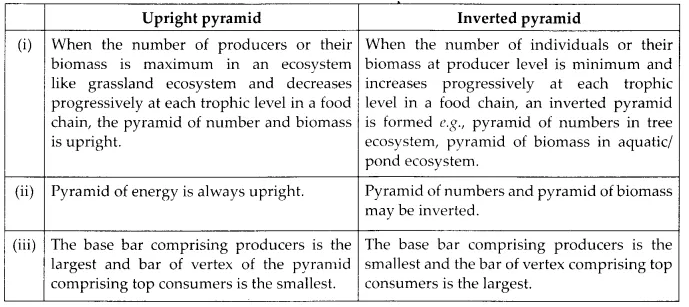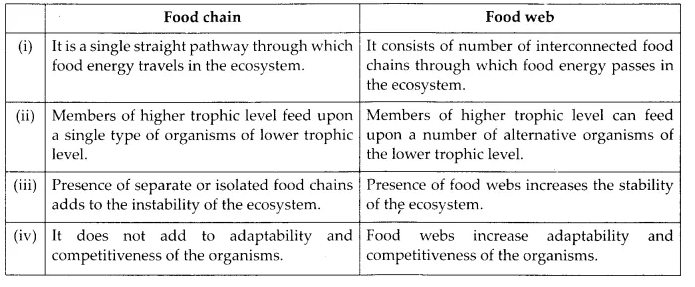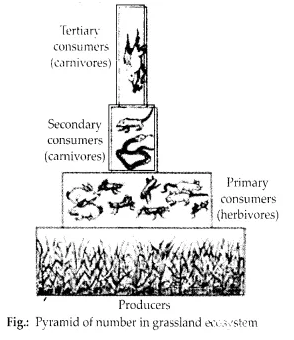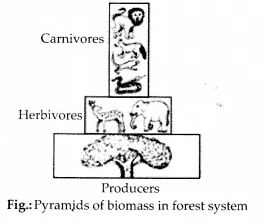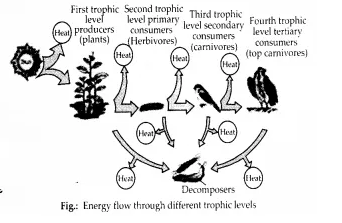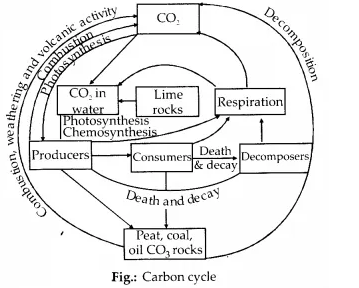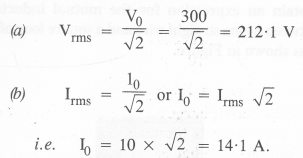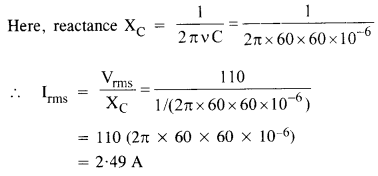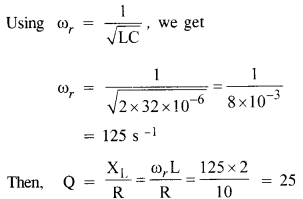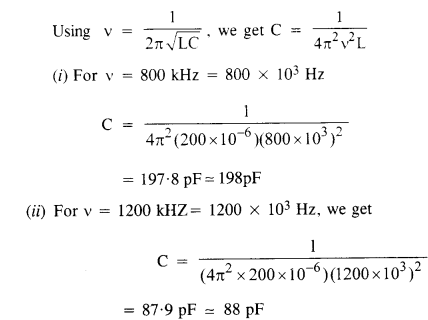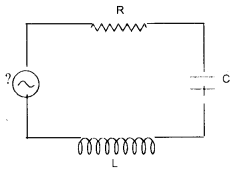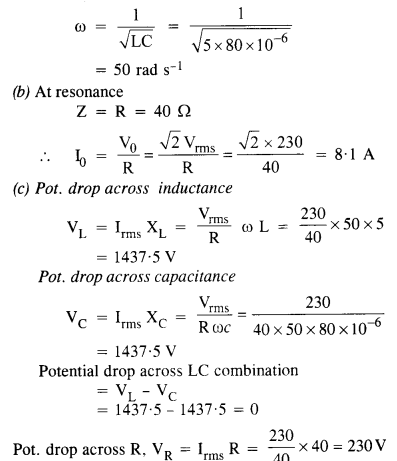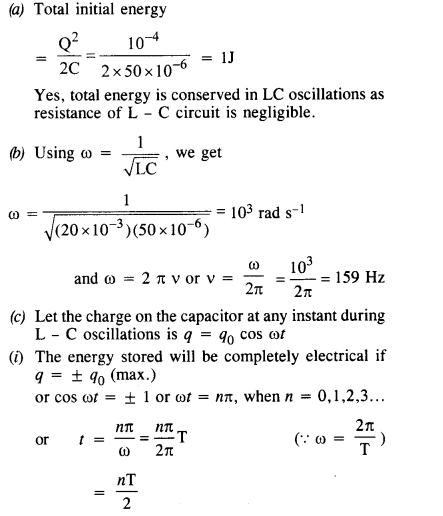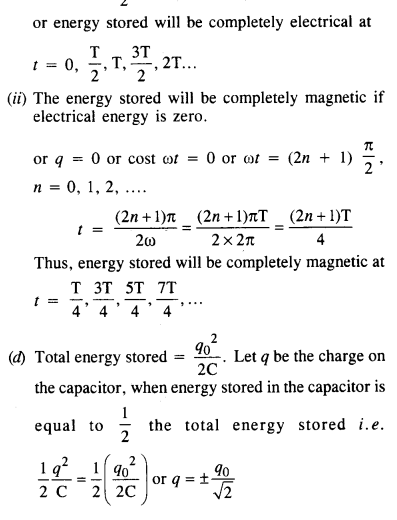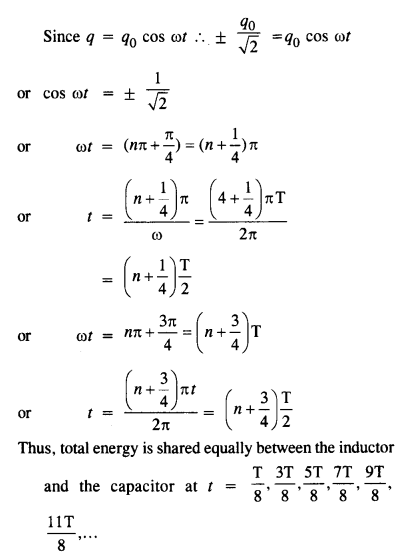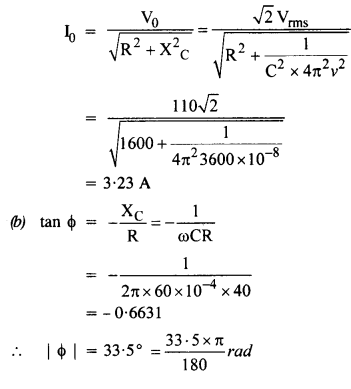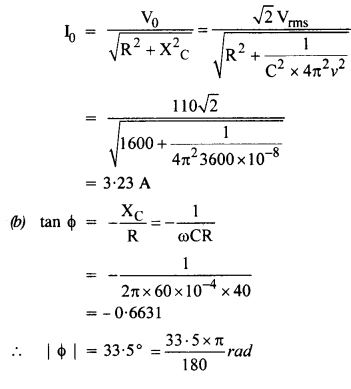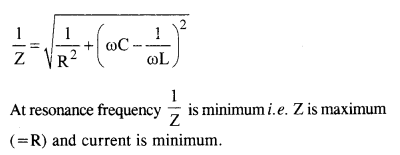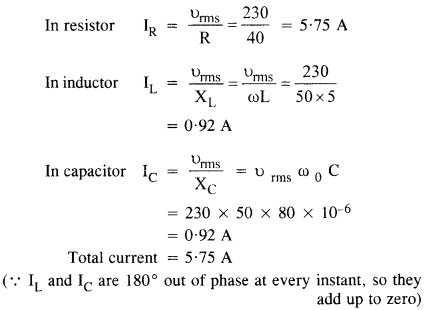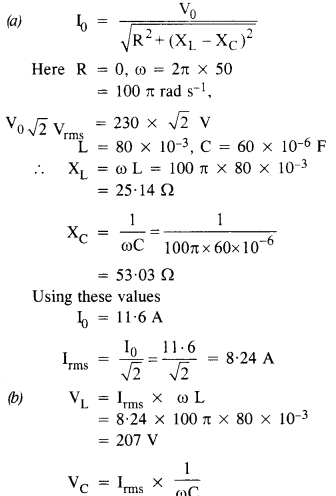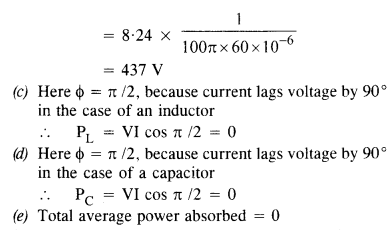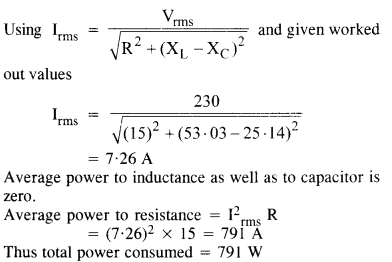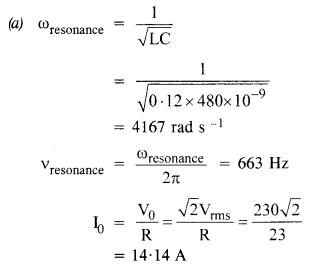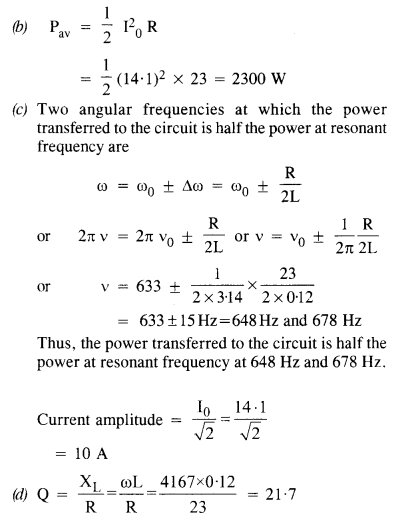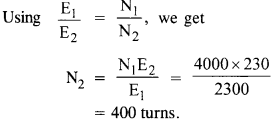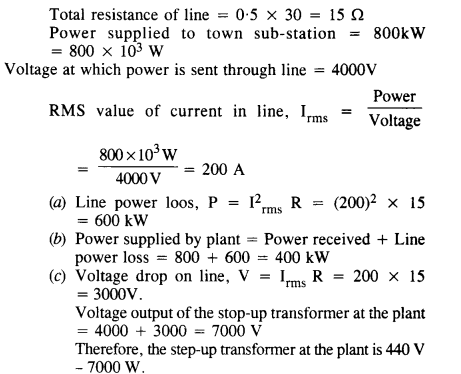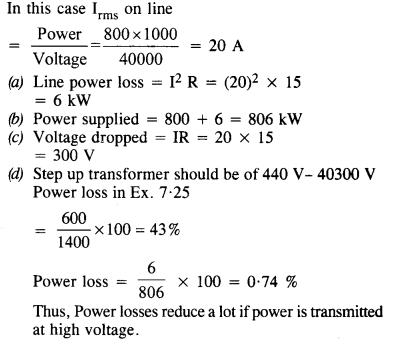Here we are providing NCERT Solutions for Class 12 English Vistas Chapter 1 The Third Level. Students can get Class 12 English The Third Level NCERT Solutions, Questions and Answers designed by subject expert teachers.
The Third Level NCERT Solutions for Class 12 English Vistas Chapter 1
The Third Level NCERT Text Book Questions and Answers
The Third Level Reading with insight
Question 1.
What does the third level refer to?
Answer:
The third level is the world somewhere between desire or dream and reality. It is a world of fantasy that we create for ourselves and occasionally seek to escape to. Most of the time it is a picture of the simple past of our forefathers, who, we believe were happier. It is an escapist’s world which one weaves around to be off the current-day problems, worries, anxieties and tensions.
Question 2.
Would Charley ever go back to the ticket-counter on the third level to buy tickets to Galesburg for himself and his wife?
Answer:
Time travel is a temporary relief that man seeks to escape from the rush of his present existence. It was a world of fantasy that Charley too had created. So, he exchanged all his savings for 1894 currency to buy tickets from the third level to Galesburg, Illinois. However, he could not find the third level again as it did not exist.
The Third Level Reading With Insight
Question 1.
Do you think that the third level was a medium of escape for Charley? Why?
Answer:
Life today is full of insecurity, fear and worries and time travel is man’s way of escaping from it. Occasionally, man seeks escape into the world of fantasy and his nostalgic memories, the happier • times of the past. Yes, the third level was Charley’s medium of escape from the mad rat race of modern times.
Question 2.
What do you infer from Sam’s letter to Charley?
Answer:
Sam’s letter shows man’s pining for the simple, less harassing and a happier era. He too had found respite from the hurry and worry of modern life in time travel. Sam had learnt to transport himself into the time period of his ancestors whose quality of life he considered was better than their present existence.
Question 3.
The modern world is full of insecurity, fear, war, worry and stress. What are the ways in which we attempt to overcome them?
Answer:
Man often creates in his fantasy a world which is somewhere between his desire and reality, and often seeks respite by transporting himself to it mentally. Time travel is another way of overcoming stress; we travel back in time to the past which we believe was a quieter and happier era. Nostalgic memories too are often a way of escape from the harassing present.
Question 4.
Do you see an intersection of time and space in the story?
Answer:
Yes, the story clearly shows an intersection of time and space. Firstly, the first two levels of Grand Central Station were located in the present time while the third level existed in the 1890s. Secondly Charley and his wife, Louisa, live in the present time yet Charley goes to get old currency to buy tickets to go to the Galesburg of 1894. The old architecture of the platform at the third level is different from the platform of the modern times. The archaic manner of dressing by the people and the newspaper, The World, dated June 11, 1894 also overlap with Charley’s real time world and existence. Finally, the letter that was mailed to Charley’s Grandfather on 18 July, 1894 highlights the intersection of time and space.
Question 5.
Apparent illogicality sometimes turns out to be a futuristic projection? Discuss.
Answer:
It is true that apparent illogicality sometimes turns out to be a futuristic projection. A good number of scientific inventions sounded ridiculous and absurd till some brilliant minds gave them a concrete shape. Before the Wright Brothers invented the first aeroplane, nobody could have dared to believe that man could fly. There are many other examples of inventions which were conceived in dreams but now are part of our everyday reality. All this emphasizes that fantasies of one point of time that seem illogical may turn out to be revolutionary things that change the future of the mankind. It would not be far-fetched to think about railway stations fitted with time-machine devices from one era to another. It is just a matter of time.
Question 6.
Philately helps keep the past alive. Discuss other ways in which this is done. What do you think of the human tendency to constantly move between the past, the present and the future?
Answer:
Besides philately, there are numerous other ways to keep the past alive. Collecting historical artefacts, paintings and statues in a museum, collecting and reading books, collecting stamps, first day covers, etc. are all a few ways of revisiting history.
Fond memories of the past are often kept alive through photographic collections, letters, etc. Man seeks refuge in the nostalgic memories, the happier times of the past. He transports himself to the world by travelling through time to escape the present. In fact, he is constantly moving between past for escape, and present and future.
This capacity to oscillate between the past, present and future is a great intellectual gift. This human tendency enables him to plan for the future in the present by reaping benefits from the past. Such a tendency helps in ensuring acceptance of the impact of important decisions taken at any point of time and learning from them.
Question 7.
You have read ‘Adventure’ by Jayant Narlikar in Hornbill Class XI. Compare the interweaving of fantasy and reality in the two stories.
Answer:
In ‘Adventure’ Jayant Narlikar expressed that many worlds exist simultaneously though they appear to be separated by time. He conveyed that the other world also existed and prospered with the world we are aware of.
In The Third Level, Charley, a young New York commuter wandering Grand Central Station by accident, finds a gateway that leads to the past of 1894. Charley attempts to escape the rat race by buying a one way ticket to his childhood town of Galesburg, Illinois. But circumstances forced him to postpone his plan to escape to the past.
The Third Level Extra Questions and Answers
The Third Level Short Answer Questions
Question 1.
How does the narrator describe himself? What made him take the subway from Grand Central?
Answer:
The narrator describes that he is Charley, 31. He is wearing a tan gabardine suit and a straw hat with a fancy band. One night last summer, he worked late at the office. So, he was in a hurry to be at his apartment. He took the subway from Grand Central because it was faster than the bus.
Question 2.
How does the narrator describe the first two levels of the Grand Central?
Answer:
The narrator went down the steps of the Grand Central from Vanderbilt Avenue to the first level. From there one can take trains like the twentieth century. Then he walked down another flight to the second level. From there the suburban trains leave for various destinations.
Question 3.
The narrator got lost once when he ducked into an arched doorway heading for the subway. Where did he come out?
Answer:
The narrator says that he has been in and out of Grand Central hundreds of times. He always bumps into new doorways, stairs and corridors. Once he got into a one-mile-long tunnel and came out in the Roosevelt Hotel lobby. Another time he came up in an office building on Forty-sixth street, three blocks away.
Question 4.
What does the narrator think of Grand Central? What does it symbolize?
Answer:
The narrator thinks that Grand Central is growing like a tree. It pushes out new corridors and staircases like roots. There are long tunnels under the city on their ways to Times Square and to Central Park.
The Grand Central symbolizes the labyrinth that this world is with its intricate and tangled pathways. It has always been an exit, a way to escape.
Question 5.
What strange things did the narrator see when he reached the third level of Grand Central?
Answer:
Charley noticed a difference in the way things looked at the third level of the Grand Central Station. It was smaller, with fewer ticket counters and had an old look of the 1890s with wooden booths, dim open-flame gaslights, brass spittoons and an old-style locomotive with a funnel shaped stack. Even the people’s attire was old fashioned and men had funny handle-bar mustaches and sideburns. The whole setting was in contrast to the modern times.
Question 6.
How did the man on the third level appear to the narrator?
Answer:
The narrator saw a man pulling a gold watch from his vest pocket. He snapped open the cover, glanced at his watch and frowned. He wore a derby hat, a black four-button suit with tiny lapels and had a big, black handlebar mustache.
Question 7.
What did the narrator do to make sure that he was actually at the third level of Grand Central?
Answer:
The narrator walked over to a news boy. He glanced at the stack of newspapers. It was The World and The World had not been published for years. The lead story was about President Cleveland. Later on, he confirmed from the public library files that the newspaper was dated 11th June 1894.
Question 8.
Why did the narrator turn towards the ticket windows? Why did he run back from there?
Answer:
The narrator turned towards the ticket window to buy tickets to go to Galesburg, Illinois, in the year of 1894. When Charley produced money to pay for the two tickets, the clerk stared at him as the currency did not match with the currency of that time. He accused him of trying to cheat him and threatened to hand him over to the police. The narrator turned away thinking that there was nothing nice about jail even in 1894.
Question 9.
How does the narrator describe Galesburg, Illinois?
Answer:
The narrator states that Galesburg, Illinois, is a wonderful town with big old frame houses, huge lawns and big trees. Summer evenings were twice as long. People sat out on their lawns, the men smoking cigar and talking quietly, the women waving palm-leaf fans. It means the people had lived in peace and harmony and had a lot of leisure time.
Question 10.
What did the narrator do the next day?
Answer:
The narrator withdrew his entire money from the bank. He bought old-style currency to buy two tickets to Galesburg. He got less than two hundred old-style bills for his three hundred dollars. He consoled himself for having got less money by the fact that life in 1894 Galesburg was quite cheaper as compared to the modern life.
Question 11.
How does the narrator’s psychiatrist friend react to the narrator’s statement that the third level exists?
Answer:
The narrator’s psychiatrist friend, Sam Weiner, says it is ‘a waking-dream-wish fulfilment’. He says that the narrator is unhappy and the modern world is full of insecurity, fear, war and worry. So, he wants to escape and has created an imaginary third level.
Question 12.
How did Louisa react when the narrator told his wish to go to the third level to buy tickets?
Answer:
When the narrator told Louisa about his wish she got pretty worried. She was a loving and a caring wife. She got alarmed at Charley’s claim of having been to the third level. His exchanging the currency was a cause of concern. She thought the third level to be a product of Charley’s imagination and asked him to stop looking for it. However, after some time they both started looking for the third level.
Question 13.
Why was going to the psychiatrist the obvious step? Did it help?
Answer:
Charley was convinced that there were three and not just two levels at the Grand Central Station, when all others claimed there were only two. Going to the psychiatrist was the obvious step because he wanted his opinion on whether it was insanity on his part to believe so. The psychiatrist too interpreted his delusion as a waking-dream wish fulfilment and, like his stamp collection, a temporary refuge from a world full of tensions, worries, insecurity, fear, war and envy.
Question 14.
Why could Charley not be convinced by his distractions that the third level was only a wish fulfilment?
Answer:
Charley could not be convinced that the third level was a temporary escape from reality through fantasy like stamp collection. He argued that his grandfather too was into stamp collection and he started Charley’s collection. He said that at that time people were content and lived in peaceful times and did not need to seek such refuge.
Question 15.
What happened to the narrator’s psychiatrist friend Sam Weiner? What do you deduce from it?
Answer:
One day the narrator’s psychiatrist friend Sam Weiner disappeared. He was a city boy. He always
said that he liked Galesburg very much and its sound. From this I deduce that even Sam was affected by the stress of modern living and sought temporary refuge by travelling through time.
Question 16.
Why was Charley sure that his psychiatrist friend had gone back to the year 1894 in Galesburg?
Answer:
Charley’s psychiatrist friend Sam had disappeared. One night going through his first-day covers,
Charley found one dated 1894 and with his Grandfather’s address on it. He opened and found inside a letter from Sam addressed to him. He invited him to the third level saying that it was worth it.
Question 17.
What is the first-day cover?
Answer:
At that time when a new stamp is issued, stamp collectors buy some of them and use them in order to mail envelopes to themselves and the postmark proves the date. That envelope is called the first- day cover.
Question 18.
Describe the first-day cover envelope that the narrator found among his collection.
Answer:
The first-day cover envelope was dated July 18, 1894. It was addressed to his grandfather in Galesburg. It carried a letter from Sam addressed to Charley. The stamp was a six-cent, dull brown, with a picture of President Garfield.
Question 19.
What had Sam Weiner written on the paper in the first-day cover?
Answer:
Sam Weiner had invited the narrator to the third level. It was worth it. It added that it was true, there existed the third level and he had found that. He had been there for two weeks. He could hear someone playing a piano, down the street. They were singing ‘Seeing Nelly Home’.
Question 20.
What did the narrator find about Sam Weiner when he went to the stamp and coin store?
Answer:
When the narrator went to the stamp and coin store he came to know that Sam had bought eight hundred dollars worth of old currency. That ought to set him up in a nice little hay, feed and grain business. He always wanted to do that. He didn’t want to go back to his old business. Not in Galesburg, Illinois, in 1894, Charley felt that the services of a psychiatrist would not be needed in Galesburg of 1894, his friend would be jobless there.
Question 21.
What is the evidence that Charley often sought escape through time travel?
Answer:
Charley had often bumped into new doorways, archways and stairways at the Grand Central and got lost. Once he had got into a long tunnel, about a mile long, and another time had landed in an office building on the Forty-sixth street, three blocks away. This makes it evident that Charley, often sought escape through wishful dreaming and in nostalgic memories. He often lived in a world of fantasy.
Question 22.
Discuss the irony at the end of the chapter.
Answer:
Charley had found the third level and desired to go back to the Galesburg of 1894. It is ironical that at the end, not Charley but his psychiatrist friend who had scorned his discovery, uses the third level to reach Galesburg of 1894 and tells Charley to keep looking for it.
The Third Level Long Questions and Answers
Question 1.
Describe the third level as a science fantasy?
Answer:
Science makes the impossible possible by giving a touch of realism to things that simply cannot happen in the real world under any circumstances. It explains a person’s perceptions, his difficulties and circumstances. Science fantasy has an aura of magic. In the lesson ‘The Third Level’ Charley’s fantasies are magical. He travels through time to Galesburg of 1894, the world of his childhood. He is stressed out by his modern living and takes refuge in his nostalgic memories, and at times he loses touch with reality. Such time travel is an essential element of all scientific fantasy.
Question 2.
Finney manages to not only capture the reader’s imagination, but also provides a clear example of time travel that does not confuse the reader. Discuss.
Answer:
‘The Third Level’ is a well-defined and convincing description of time travel. It can be divided into modern world and the world of the 1890s, the world of Grand Central Station of New York and the past world of Galesburg, Illinois. The narrator talks of the present world of 21st century through the references of New York Central, New York, New Haven, Hartford of Galesburg, Illinois of the 1890s in clearer terms. His visit to the third level of Grand Central and the physical description of this symbolize a flashback of the 19th century. So, the writer takes the reader in both the eras with care without confusing them. Thus, the third level is a beautiful interpretation of things through what, we call ‘the catastrophe theory’ as given in ‘The Adventure’ by Jayant Narlikar.
Question 3.
Do you think that the third level was a medium of escape for Charley? Why?
Answer:
The torture of stress, sense of insecurity and fear have made man an escapist who wants to run away from reality. He looks for a temporary refuge and starts pursuing different hobbies to divert his attention temporarily and give himself some comfort. The fast pace life has made Charley uneasy and restless. He yearned for peace and tranquillity. He turned to philately but could not find much relief. His efforts for escape resulted in his flight to the third level—a level of existence which he associated with tranquillity. His psychiatrist friend Sam, diagnosed Charley’s claim as a waking- dream wish fulfilment. Hence, the third level undoubtedly is a medium of escape for Charley.
Question 4.
What do you infer from Sam’s letter to Charley?
Answer:
Sam’s letter is a proof of his having reached the third level and of having been transported to Galesburg of 1894. The date 18th July 1894 and the content of the letter indicate that he too yearned for such an escape. Being equally insecure, he started believing in the existence of the third level and eventually found it. Galesburg always fascinated him with ample leisure and innocent happiness. He suggested to Charley and Louisa to keep on looking for it till they come across it. Sam’s letter also indicates the social life of Galesburg where people loved music, dance and socializing. But we are not sure that Sam’s letter is a mere figment of Charley’s imagination just like the third level or has he really transported to Galesburg of 1894. So, the whole idea of travel in time and multiple levels of reality is mind-boggling and so is Sam’s letter indeed.
Question 5.
The modern world is full of insecurity, fear, war, worry, tension and stress. What are the ways in which we attempt to overcome them?
Answer:
There is no doubt that the modern world is full of insecurity, fear, war, worry, tension, stress, anxiety and what not. Strangely, there is no escape from these things, yet people devise, find and invest different ways to escape from them. Some like liquor, some tranquillizers, some sleeping pills, some consult saints or seers or psychiatrists. Some daydream or listen to music or visit night parties or browse the Internet and fall down to tiredness and sleep. They awake to another day of tension and . anxiety. People like the narrator invent an imaginary world around them and get lost in it for the time being. But such a life is not for all the persons. It is for those who are a sensitive mind and look at life in a thoughtful manner, albeit, very seriously.
Question 6.
Did Sam really go to Galesburg or was it Charley’s figment of imagination?
Answer:
The third level at the Grand Central symbolizes man’s yearning to attain an ideal level of existence which is free from wars, worries, insecurities, tensions and a level which exudes calm, peace and tranquillity. Charley imagined this world briefly but could never get back to that world. His craving for such a world forced him to imagine things. He imagined that his psychiatrist friend, Sam, had succeeded in reaching there. He even saw a letter from Sam in his first-day cover collection. It was dated July 18, 1894 and posted to his grandfather’s address in Galesburg, Illinois. After this he redoubled his efforts to search the third level.
If it is only the imagination of Charley, then how do you explain Sam’s exchanging of currency at the coin shop? The fact that Sam too lived in a world of fantasy makes us understand that time travel was one way of escape for the modern man.

